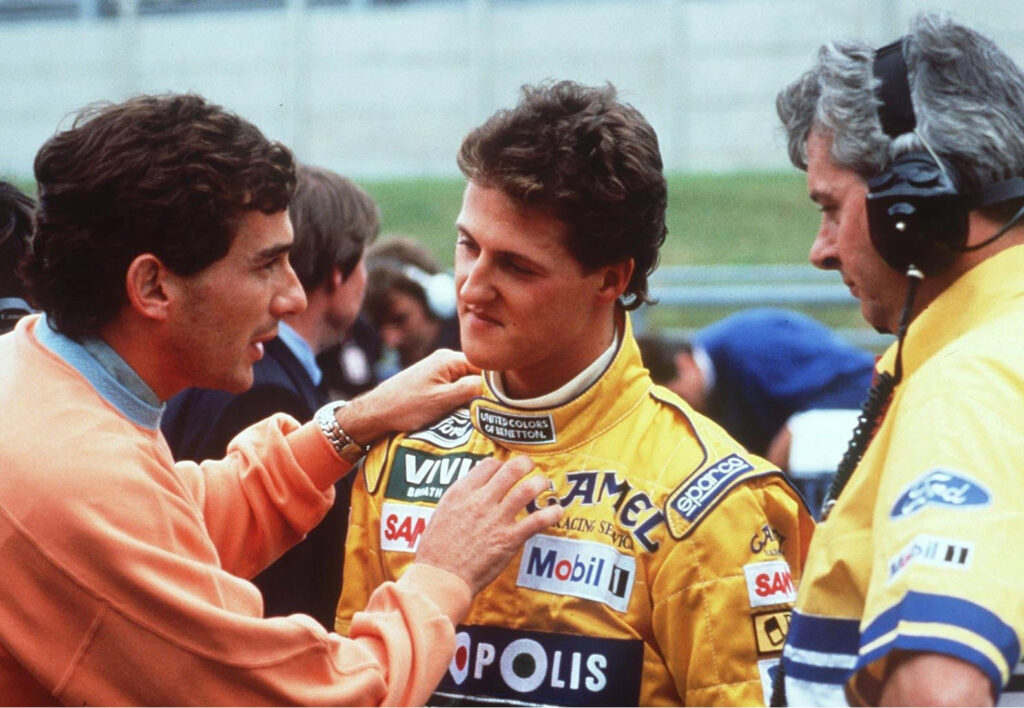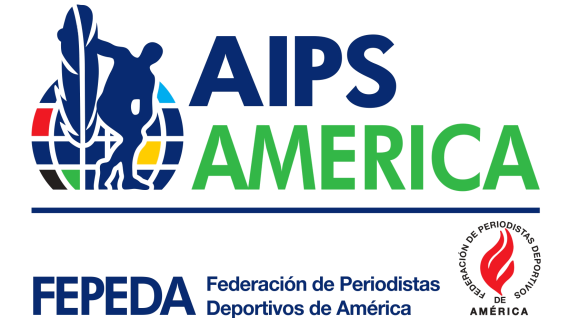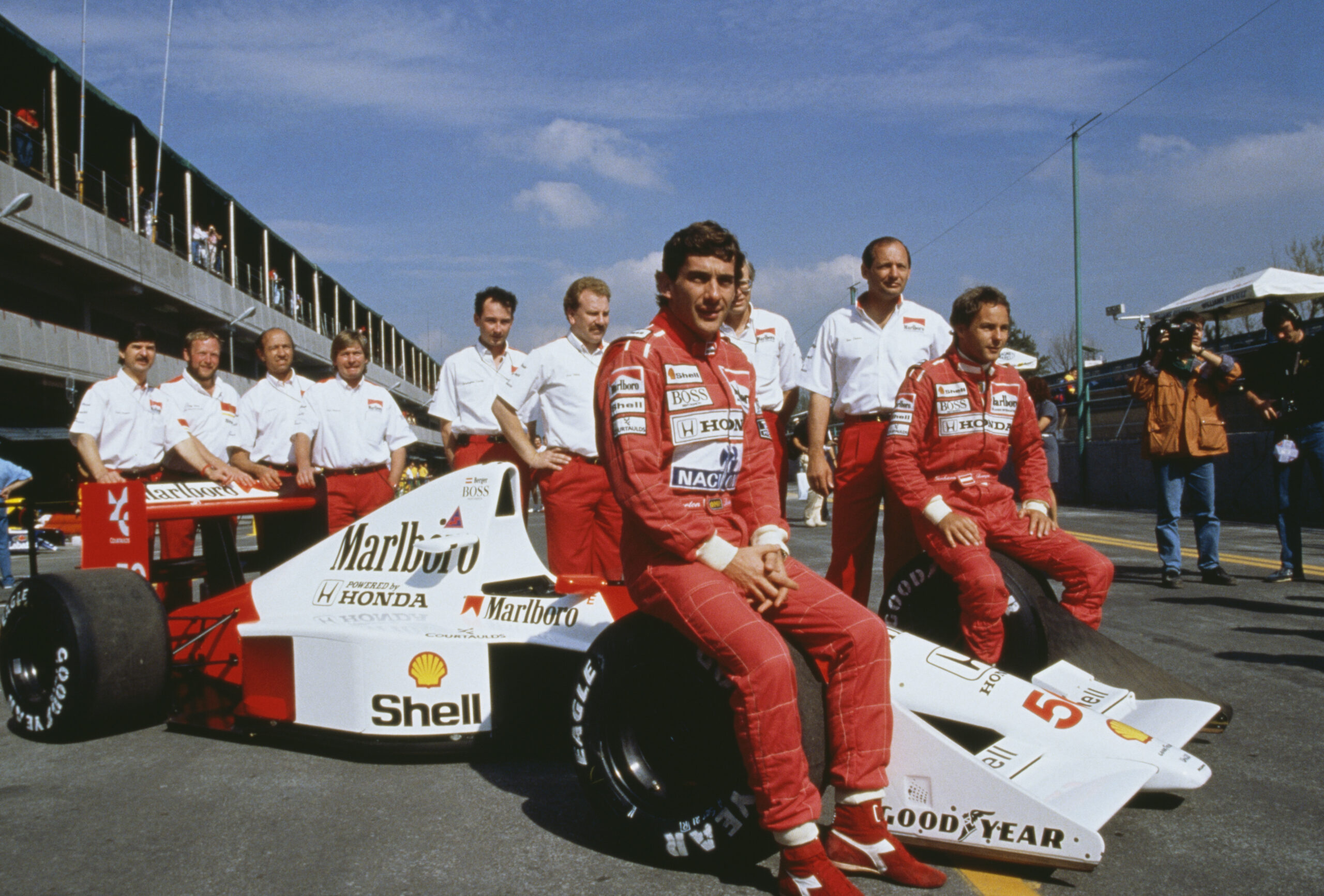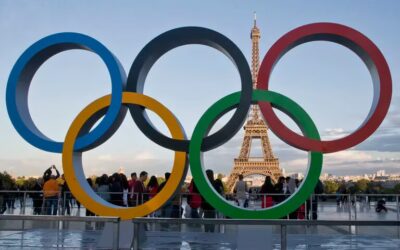IMOLA, May 18, 2024 – Three decades have passed since the fateful day when Ayrton Senna, one of Formula 1’s most iconic and esteemed drivers, lost his life driving a Williams FW16 at the San Marino Grand Prix in Imola. It was the third race of the 1994 Formula One World Championship. Michael Schumacher, driving for Benetton, won the race. But the impact of Senna’s tragic death on May 1, 1994, transcended the immediate grief felt by fans and the motorsport community. Senna’s vehicle failed to round the first corner and crashed into a concrete barrier, fundamentally altering the landscape of Formula 1 and provoking a new era of safety and innovation within the sport.
AIPS was reporting live from the paddock of the F1 Emilia Romagna Grand Prix, going underway from 17-19 May 2024.
A RACING LEGEND Ayrton Senna da Silva was born on March 21, 1960, in São Paulo, Brazil. Renowned for his unparalleled skill and fierce competitiveness, Senna quickly rose to prominence in Formula 1. Over his illustrious career, he claimed three F1 World Championships (1988, 1990, and 1991) and 41 Grand Prix victories, becoming known for his extraordinary talent, especially in wet conditions. His intense rivalry with Alain Prost was one of the most celebrated in F1’s history, highlighting an era of thrilling competition and dramatic clashes.
Senna’s influence extended beyond his racing prowess. He was a charismatic and passionate figure, beloved by fans around the world. His driving style – an aggressive yet calculated approach – set new standards in the sport and inspired future generations of pilots. Off the track, his humanitarian efforts and commitment to social causes further cemented his legacy as not just a great driver, but a great sportsman.
TRAGIC WEEKEND AT IMOLA The 1994 San Marino Grand Prix at the Autodromo Enzo e Dino Ferrari, Imola was marred by a series of tragic events, culminating in the loss of Ayrton Senna. During Friday’s practice session, the weekend began ominously with a severe crash involving Rubens Barrichello, a Brazilian F1 with Italian roots who competed in Formula Opel Lotus. Although Barrichello survived with minor injuries, who works today as a F1 pitlane journalist, the incident set a sombre tone. The following day, Austrian driver Roland Ratzenberger died during qualifying, the result of the front wing of his Simtek coming adrift. Were the first fatality in Formula 1 in 12 years since 1982’s deadly accidents of Gilles Villeneuve during qualifying for the Belgian Grand Prix and Riccardo Paletti at the start of the Canadian Grand Prix, casting a pall over the paddock.
On race day, Senna started from pole position. However, on the seventh lap, his car failed to negotiate the high-speed Tamburello corner, crashing into a concrete barrier at a speed of 211 km/h (131 mph). Despite immediate medical attention, Senna succumbed to his injuries, a suspension component having penetrated his helmet and inflicted fatal cranial trauma.
JOURNALIST TESTIMONY From the media centre of F1 Emilia Romagna GP 2024, Spaniard F1 journalist Jaime Pintanel gave AIPS a testimonial on that tragic weekend, calling it «The worst in F1 history» where feelings of sadness, fear and grief dominated: «There was terrible silence during that tragic race weekend, I have seen journalists crying in the paddock, the media centre had absolute silence, everyone wanted the race to be called off. People were in disbelief and so shaken to the point where no more fans were going to the paddock and pitlane. This ominous weekend didn’t start with the death of Senna, it started with Barrichello’s incident on Friday, then on Saturday one of the Opel Lotus cars ran over one of its team technicians, and afterwards Ratzenberger died during qualifying, then Sunday’s Senna accident was the breaker of it all, I cannot forget in how much grief we all were.»

MEMORIAL OF SENNA The monument to Ayrton Senna, located in Imola Park adjacent to Turn 3, better known as the Tamburello corner at the Enzo e Dino Ferrari Circuit, marks the site of Senna’s fatal accident. This real-size bronze statue was created by Italian artist Stefano Pierotti and unveiled in 1997 to honour his memory. In commemoration of the 30th anniversary of Senna’s passing on May 1, 2024, fans till today, where the F1 Emilia Romagna GP 2024 is going underway, gather at the monument to pay their respects, leaving flowers and candles as tributes to his enduring legacy.
A CATALYST FOR CHANGE The death of Ayrton Senna was a watershed moment for Formula 1. It underscored the urgent need for improved safety measures, leading to a comprehensive overhaul of the sport’s safety protocols. The FIA (Fédération Internationale de l’Automobile), the governing body of Formula 1, spearheaded these changes.
In the wake of Senna’s death, the FIA established the Expert Advisory Safety Committee, led then by Professor Sid Watkins, the sport’s chief medical officer and a close friend of Senna. This committee played a crucial role in driving the development and implementation of new safety standards. Significant changes included:
- Circuit Modifications: Tracks were redesigned to include more runoff areas, better barriers, and improved safety zones to reduce the impact of crashes.
- Car Construction: Advances in materials and design improved the structural integrity of F1 cars, enhancing driver protection in the event of collisions.
- Driver Equipment: The introduction of the HANS (Head and Neck Support) device, now mandatory, has significantly reduced the risk of fatal head and neck injuries.
- Medical Facilities and Protocols: On-site medical facilities and rapid response protocols were upgraded to ensure immediate and effective treatment in the event of an accident.
SENNA’S ENDURING LEGACY Ayrton Senna’s legacy is immortalized not only by his extraordinary achievements on the track but also by the profound impact his death had on the sport he loved. The safety innovations introduced in the aftermath of his passing have saved countless lives and continue to shape the standards of motorsport safety worldwide.
Moreover, the Instituto Ayrton Senna, founded by his family, continues his legacy off the track, focusing on educational and social initiatives that benefit underprivileged children in Brazil. This commitment to making the world a better place reflects the values Senna held dear.
As we remember Ayrton Senna thirty years after his tragic death, we honour not only a racing legend but a catalyst for change whose life and legacy continue to resonate within and beyond the world of Formula 1.




